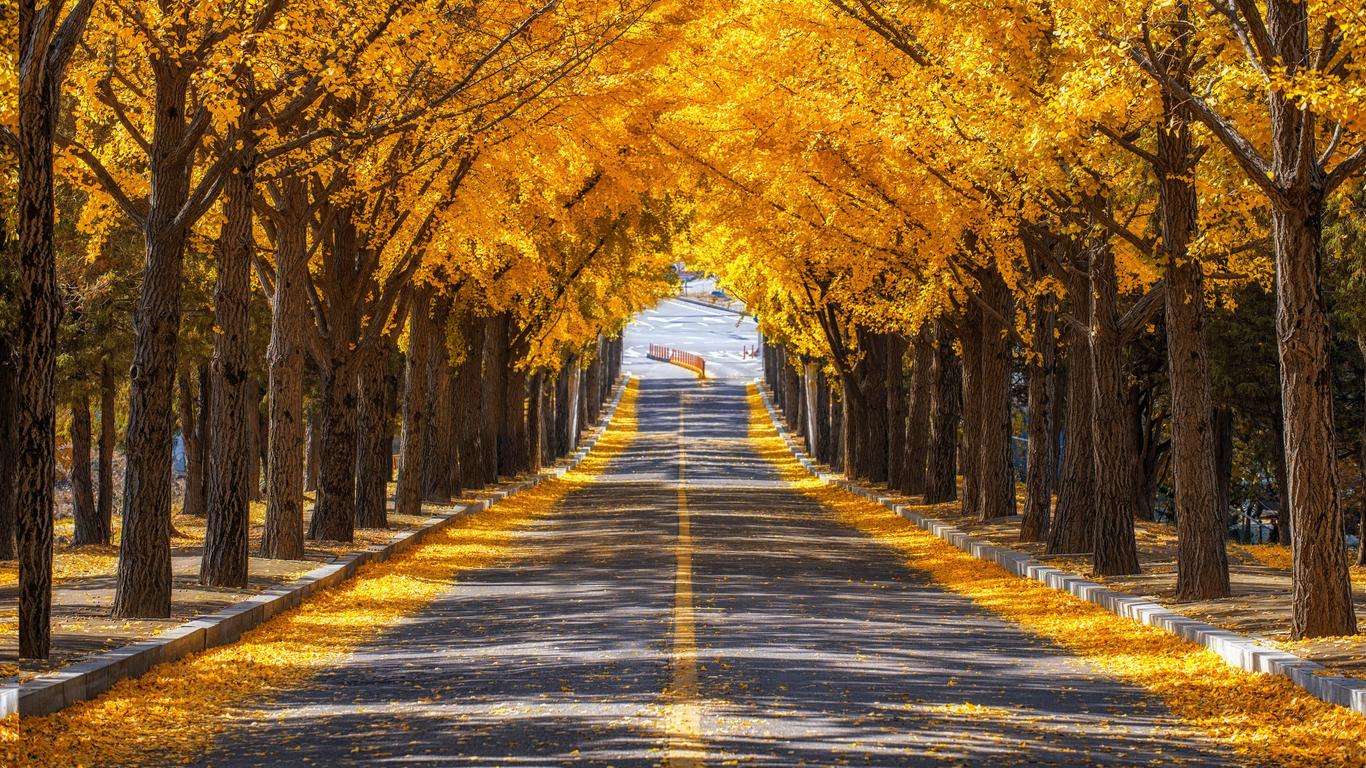30 kilometres south of capital city Seoul, Suwon is home to the World Heritage Hwaseong Fortress, one of South Korea's busiest tourist attractions. While Suwon is predominantly a Seoul day-trip destination, excellent transport connections and a laid-back atmosphere make the city a viable alternative to spending the night in the capital.
Mount Gwanggyo hangs over the north of the city, its green peaks hiding a range of walking trails and farm restaurants. Traditional open-air markets are scattered throughout the city, juxtaposed with modern shopping malls that are filled with international fashion chains. However, it's the fortress that brings most visitors to Suwon, its square turrets and circular walls a striking sight from all angles. Seeing the whole fortress and walking its walls takes two to three hours; with extra time required for the archery lessons that are available here.
Suwon is on Seoul Subway Line 1 (the blue Cheonan line) and has four subway stations. Suwon Railway Station is South Korea's second largest and offers direct connections to most major destinations in the country. Upon arrival, local buses run between Suwon Station and the fortress; alternatively it's a 45-minute walk. Taxis are readily available and while the drivers don't usually speak English, they use a mobile translation service for journeys with foreign visitors.
Hwaseong Fortress was the centrepiece of King Jeongjo's attempt to move the nation's capital to Suwon. Back in 1796, the fortified wall enveloped the entire city and guarded the tomb of his father, Prince Sado. Unfortunately, much was destroyed during the Korean War, when Suwon changed hands four times between three countries.





